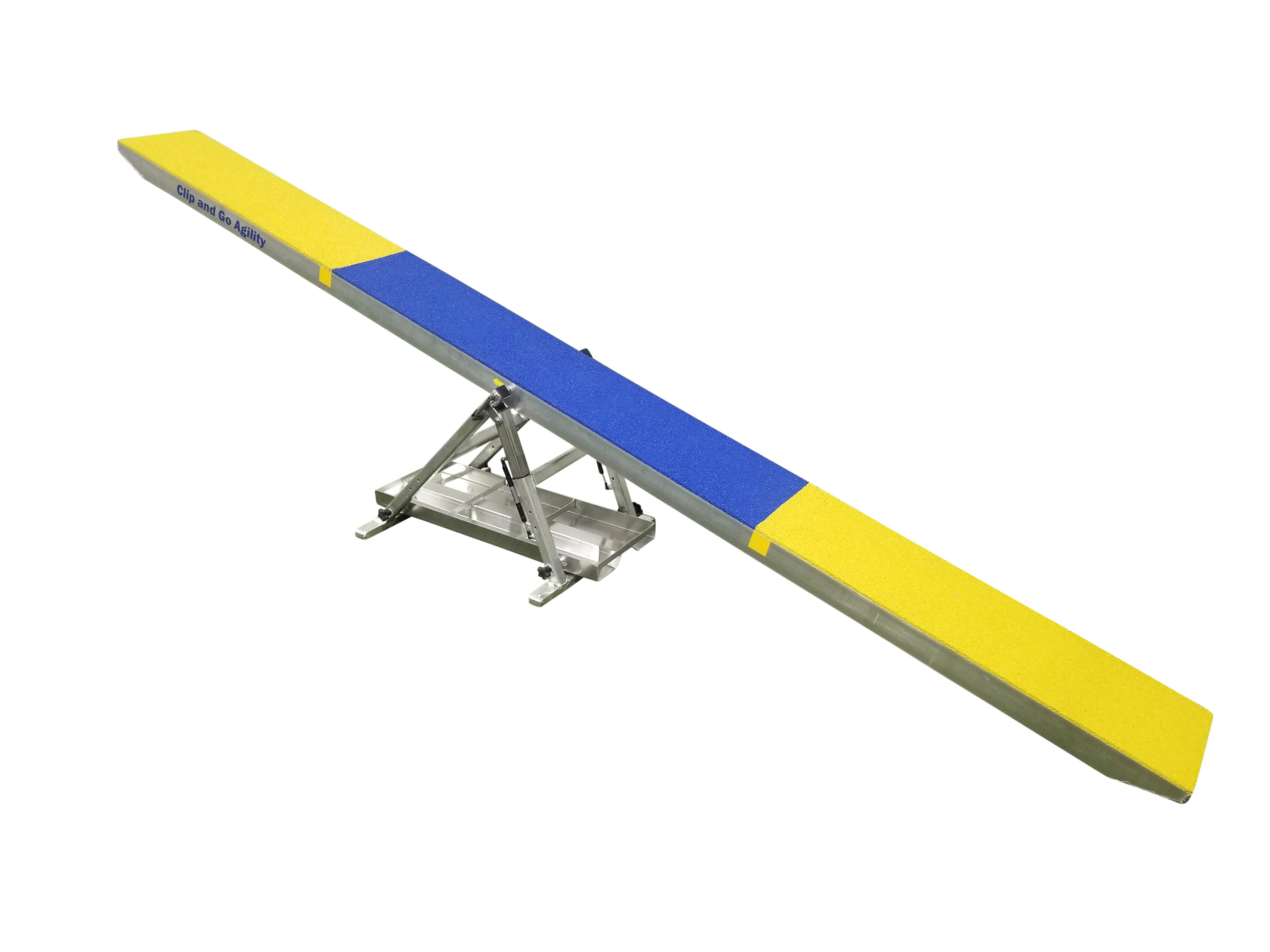Disclaimer 1
This Is a no-judgement zone. Whether or not you think it’s smart to be together, apart, or somewhere in between, these suggestions and strategies are meant to support whichever model your deciders have decided for you. That leads us to our first item, which has a disclaimer of its own.
Stay Student-Centered
This post and SMART model is built upon a Student-Centered foundation and pedagogical/philosophical cornerstone. Disclaimer 2: It has become easy to become self-centered during this pandemic, and I don’t mean that negatively, because we can’t help our students if we aren’t in a position to offer help to begin with. It’s the “place the mask on yourself before your children” philosophy that makes sense in order to make sure we are safe and healthy enough to help those around us. Being student-centered is about intentional, constructive, and optimistic practices that always start and end with student-learning and emotional well-being.
Whether remote, hybrid, or face-to-face, the following elements set the stage for effective teaching and meaningful learning. Support is more critical than ever. Meeting the needs of all learners (and educators) by identifying and addressing needs only gets harder as the landscape changes, and district administrators should focus pd toward improving what we have and where we are before determining where we are going.
Service is what we are all in this business for, but with challenging times comes a reminder that service should extend beyond students to support our selves as well as our staff and school.
Finally, Safety sits atop the model as a priority that all other elements need to point to in order to maintain both physical social-emotional well being of us all.
Keep Creating Moments
Any regular reader of this blog will definite my oldest and favorite graphic designed to illustrate the magic of moments. Whether we are together physically or virtually, it’s always about the student experience. We can design lessons that are meaningful, memorable or measurable, but when these three components intersect, we find the sweet spot of our business. It may be harder than ever to conceive how to create these moments, but they are the moments that we remember from our own education, the energy we wish we could bottle, and the activities we wish wouldn’t end when the “bell rings.”
Disclaimer 3: I'm plagiarizing my own previous blog post for the next 2 sections, because it's all about supporting remote learners, not just remote learning.
Give Straight A's in Class
How can we be separated in classrooms without feeling just as remote as if we were separated by screens? These considerations look at reimagining the space and pace of in-person learning. We need to Address individual needs and issues of equity so that all student have access and opportunity to learn. Teachers, schools and districts need to Adapt instructional space and pace to respond to limitations as well as capitalize on opportunities that smaller cohorts may provide. It will be a critical and fluid exercise to Adjust practice and expectations based on a magic blend of content, the delivery mechanism, wifi availability, learning objectives, and district demands. Finally, teachers and teams should constantly and Assess student learning, their own learning and the continued impact of continually changing circumstances.
Support Remote Learners AND Remote Learning
React- We have been doing this to the best of our ability as the environment, the needs, and the expectations change, but when we are back with kids, reaction also means capturing and meeting their broad mix of energy, enthusiasm, and anxiety.
Respond- We must build on reaction to establish response. This is where districts need to continuously plan, establish goals, and adjust with as much information and consideration for all parties as possible.
Restore- We will be living in the wake of COVID for a very long time, and when we return, the work of restoring culture and focus will take a highly concerted effort and plan as well. Even in a hybrid return, all models point to teaching practices that are distant and isolating. Are separated cohorts, desks, students, and teachers any less remote?
Reflect- We are bad at this in normal times, but reflection, self-assessment, and critical evaluation of our experience is always essential for growth and progress, and we shouldn't wait for the dust to settle! These steps of reacting/responding/restoring/reflecting should be ongoing by everyone involved.
Lean on Coaches and Model Learning
Even though every educator I know is overwhelmed by the landscape we find ourselves in, now is the time to lean on your supports. Whether it's your room neighbor, admin or friendly neighborhood digital learning coach, I designed this cycle to model dialogue, sample lessons, or the integration of new tools to support familiar teaching. It's intended to create the time and space to identify an idea, craft it into a learning experience for students with goals and objectives, accessible via innovative edtech, and an evaluative component to assess students learning and how well it met it's objective. In looking at this cycle-model, the first 2 steps (time and talk) and last 2 (think and tweak) are the parts we too-often skip, or get shaved off, but are included to build intention before and reflection after, all in the service of impacting learning for all students.
Now and going forward, let's get SMART and support ourselves, each other, and our students!







